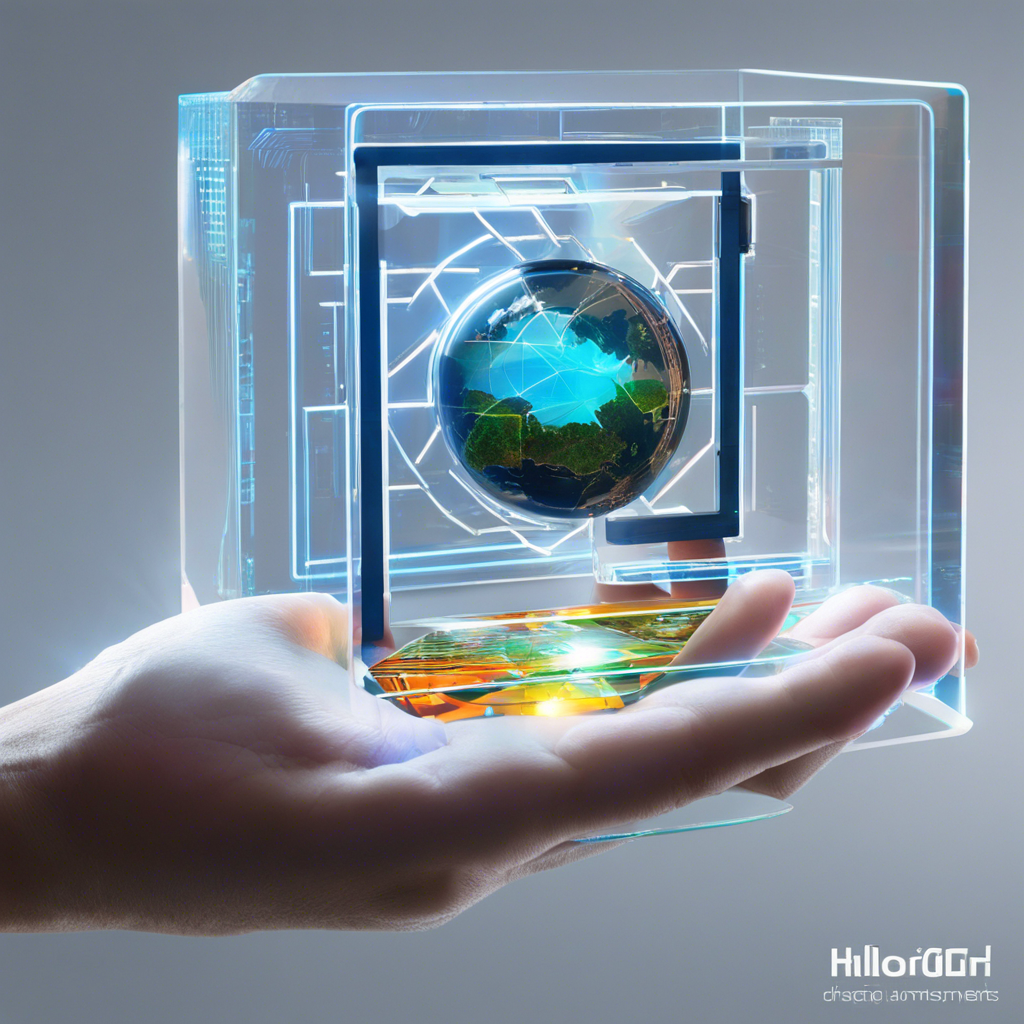Holographic displays have long captured our imagination, from the futuristic holograms in sci-fi movies to the innovative projections at music festivals and concerts. But could this technology be more than just a visual spectacle and become an integral part of our daily interactions with gadgets? The concept of holographic interfaces is not new, but recent advancements in optics and display technology have brought us closer to making this idea a practical reality.
Imagine a world where your smartphone screen doesn’t constrain your digital experience. Instead, 3D holographic displays project information into the air, allowing you to interact with virtual objects as if they were real. This technology could revolutionize the way we communicate, work, and access information. For instance, you could attend a virtual meeting with colleagues who appear as lifelike holograms in your living room, making remote collaboration more engaging and personal.
Holographic displays are created by manipulating light waves to produce a three-dimensional representation of an object in space. Unlike traditional 2D screens that display flat images, holograms create the illusion of depth and allow for a more immersive experience. This technology has advanced significantly in recent years, with researchers finding ways to make holograms more interactive and responsive.
One of the key challenges in developing holographic displays for everyday use is creating a compact and efficient system that can fit into portable devices like smartphones and tablets. Current holographic displays often require bulky optical setups or large screens, which limit their practicality. However, researchers are exploring novel approaches like waveguide displays, which use thin, transparent plates to guide light waves and create holographic images.
Another exciting development is the integration of holography with augmented reality (AR) technology. AR headsets could overlay holographic elements onto the real world, offering a seamless blend of physical and digital interactions. Imagine learning a new skill like cooking or repairing a bicycle, with a holographic assistant guiding you through each step, right in your kitchen or garage.
The potential applications of holographic interfaces are vast and extend beyond personal gadgets. In healthcare, holographic displays could revolutionize medical training and education, providing doctors and students with interactive 3D representations of the human body. In architecture and design, holograms could enable clients to visualize projects in a whole new way, walking through holographic models and making real-time adjustments.
While there are still technical hurdles to overcome, the future of gadget interaction may indeed be holographic. As technology advances and holographic displays become more feasible for everyday use, we can expect to see a new era of immersive computing, where interacting with digital information feels as natural as interacting with the physical world.
The potential benefits of holographic technology are not limited to visual experiences. By using gesture and voice recognition, users could interact with holograms naturally and intuitively. This hands-free, touchless interaction could be particularly valuable in sterile environments like operating rooms or in situations where tactile feedback is impractical, such as while wearing gloves or in zero-gravity conditions.
The development of holographic displays is also closely tied to advancements in computer processing power, graphics rendering, and artificial intelligence. These technologies work together to generate and manipulate holographic content in real-time, responding to user interactions and providing a dynamic, personalized experience.
As the technology matures, we can expect to see holographic displays integrated into various aspects of our lives, from education and entertainment to professional training and design. The holographic revolution may not be far off and promises to reshape how we perceive and interact with the digital realm.
As journalists, keeping an eye on these technological advancements and their potential impact on society is crucial. The future of gadget interaction is an exciting and rapidly evolving topic that deserves our attention as we explore the boundaries of what’s possible in the digital age.
